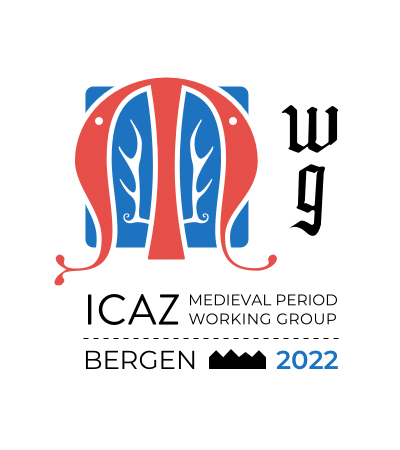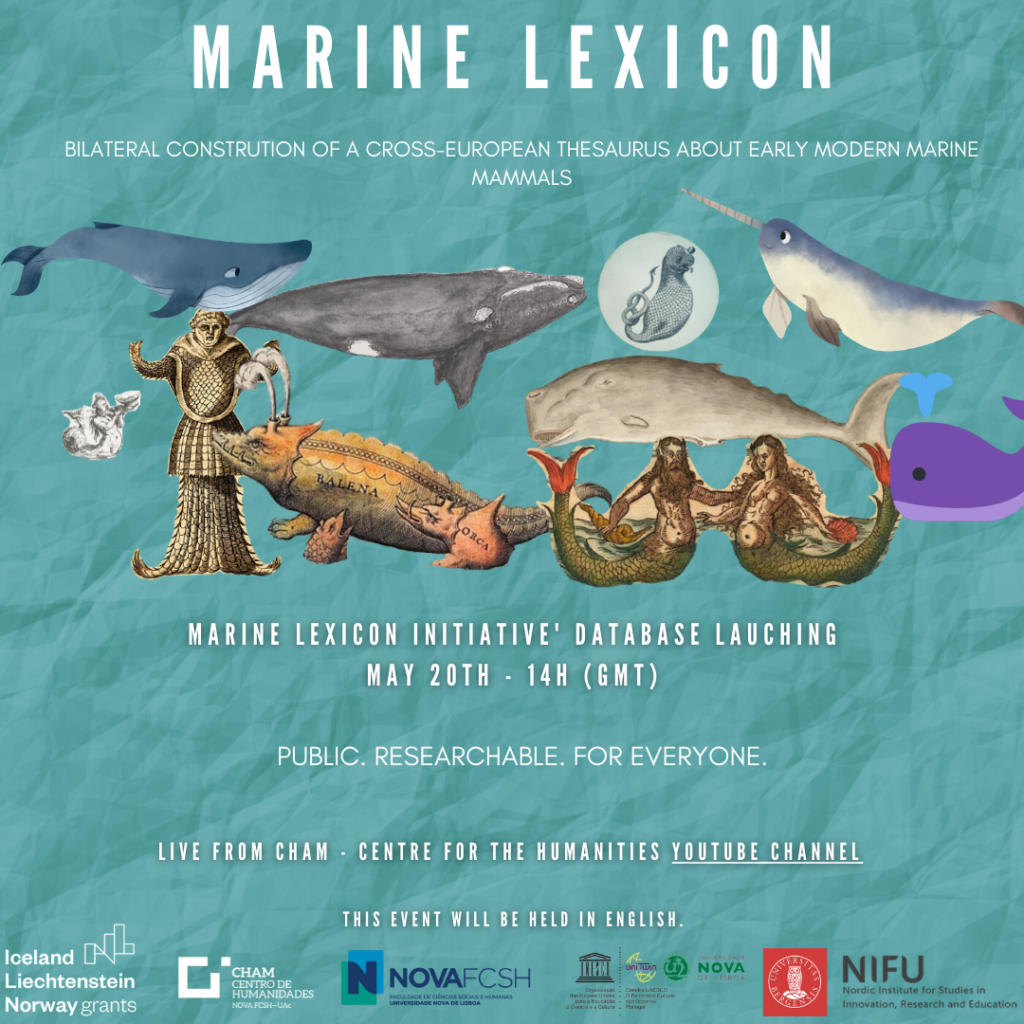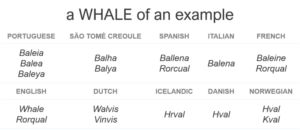
We are excited to be hosting the very first meeting of the ICAZ Medieval Period Working Group. More information will follow, however, the call for abstracts is now open. To submit an abstract, please click here.

We are excited to be hosting the very first meeting of the ICAZ Medieval Period Working Group. More information will follow, however, the call for abstracts is now open. To submit an abstract, please click here.


We’re happy to announce the online launch event for the Marine Lexicon (see https://bergenosteology.w.uib.no/2020/07/31/new-project-marine-lexicon/) on 20th May, at 15h (CEST; the event is hosted by CHAM– Center for the Humanities in Portugal, the time on the poster is GMT). Anyone who is interested can follow the event on the YouTube channel of CHAM: https://youtu.be/VxbiExa6kXc.
The lexicon is now available at: https://wiki.uib.no/marinelexicon/index.php/Marine_Lexicon.

Stable isotopes (isotopes are atoms of the same chemical element that have the same number of protons, but an unequal number of neutrons) are omnipresent. They end up in our (and every beings’) body tissue through consumption, making us a combination of the things we have eaten. The ratios in which isotopes occur in nature varies from species to species, from climate zone to climate zone, from ecosystem to ecosystem. This allows us to trace the origin and diet of an individual by analysing the stable isotopes in its bones to a certain degree. We analysed bones of three modern extant wild reindeer populations for their stable isotopic composition, and had a look at reindeer bones from archaeological excavations on the Hardangervidda mountain plateau. The modern reindeer came from regions that have different vegetations and different climatic conditions. The results of the stabel isotope analysis reflected this well. Although the zooarchaeological bone samples were from three different time periods with different climatic conditions, they were still more similar to each other than to the other regions.
Takken Beijersbergen, L.M., R. Fernandes, P.T. Mørkved & A.K. Hufthammer, 2021. Temporal and spatial variability of bone collagen stable carbon and nitrogen isotopic ratios of Norwegian reindeer, Journal of Archaeological Science: Reports 37, 102890, https://doi.org/10.1016/j.jasrep.2021.102890.

We are excited to be hosting the 10th Meeting of the International Council for Archaeozoology Bird Working Group on June 5-6, 2021.
For more details, abstract submission and registration, please see here.

We are glad to announce that work on our newest project, Marine Lexicon, has started. Together with CHAM (Centro de Humanidades, University of Lisbon) and NIFU (Nordic Institute for Studies in Innovation, Research and Education). The aim of the project is to construct a thesaurus containing the names for marine mammals in ten different languages. Additionally, we will create a list of place names related to the exploitation of marine mammals. These can tell us much about the relationship between man and marine mammals. Where seals and whales just a source of food or were they hunted for other purposes, too? How did people in the past perceive them?
What happens to animals you only heard of? Mythology and fables often are based on reality… Therefore, sea monsters and other mythological sea creatures will also be included.
Click here to visit the website for the project.

Welcome to the blogpage of the Osteological Collections at the Bergen University Museum. Here you will find information about us, our collections, and our research.
Our permanent web pages can be found here
For norsk versjon av bloggen, klikk her.
*Due to COVID-19, our collections are closed and we are unable to accommodate loan and/or visit requests.*